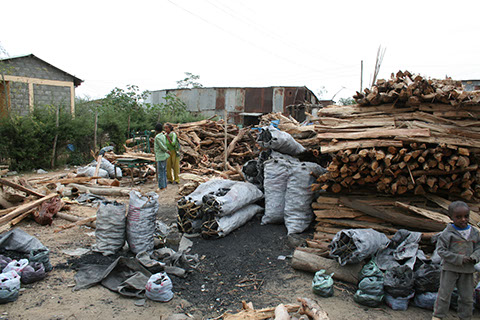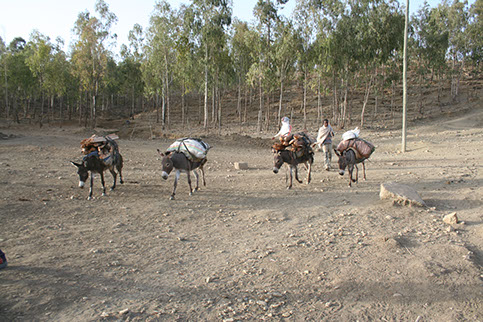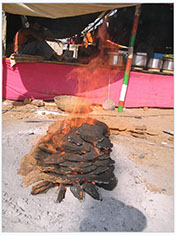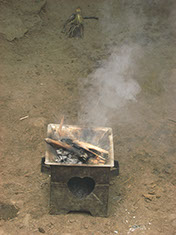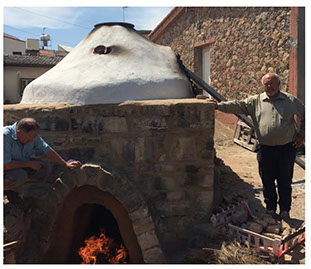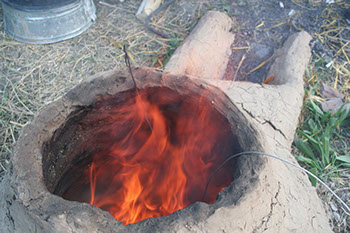
Fueling the Early State: Understanding energy use, environmental impacts, in the development of the first urban societies
Fuel was fundamental to the step-change in production associated with the emergence of early complex societies in the Near East. However, the role played by the deployment and management of fuel resources in this process remains poorly understood. As access to fuel sat at the nexus of a set of contemporary developments – changing transport infrastructure (donkey domestication and wheeled vehicle), extensification of agriculture, woodland management, the collection of animal dung, changes in the demand for fuel had significant implications for everyday activity, and modes of human-environment interaction . Improving our understanding of fuel resource management and unravellings it from agricultural and craft production enables a more nuanced understanding of the social processes which facilitated the development and decline of early urban states.
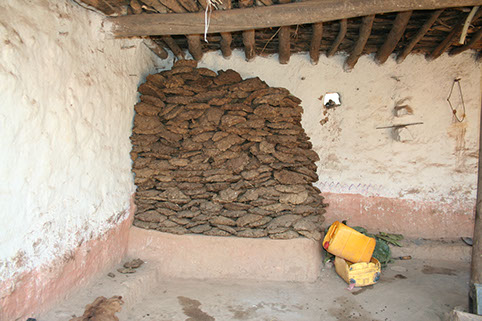
‘Fueling the State' proposes an innovative multidisciplinary framework to investigate the role fuel procurement and consumption played in the development of the earliest urban societies. Specifically, the project will focus on a key Early Bronze Age industry, ceramic production, in the two different environments represented by northern Coastal Lebanon and the Central Orontes Valley to address questions related to the development of supply chains, energy use, and environmental impact with the vastly greater scale of craft production associated with the period. This project will develop experiments with a potter using different types and mixtures of fuels representing the full range of organic materials known to be available in the period (e.g. wood, olive byproducts, etc) to test their viability for use in pottery manufacture and their efficiency, which will be determined using various analytical methods. The resulting dataset will be used to model the amount of fuels required to meet the scale of pottery production and determine what impact the collection of these resources would have on the environment. Key aims include investigating which alternative fuels could have been employed to help manage resources and the development of archaeometric methods to positively identify their use in the archaeological record.
